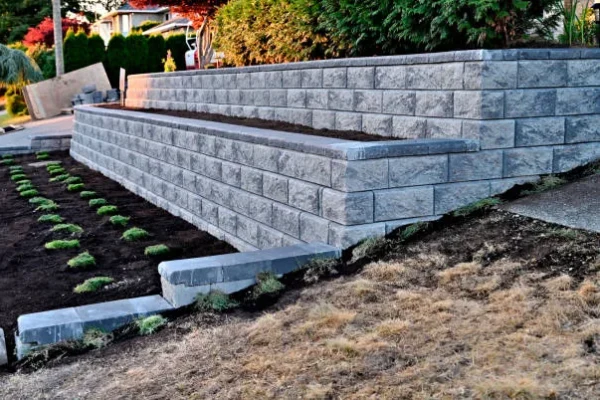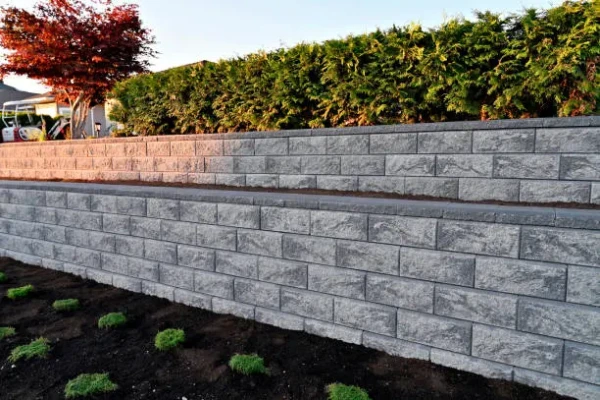Understanding the Role of Retaining Walls in Managing Sloped Land
Soil erosion can be a significant problem for properties on sloped lots. When rainfall washes away topsoil, it diminishes land quality and affects landscaping. Retaining walls are vital structures designed to combat this issue. They hold back soil and prevent erosion by providing a sturdy barrier. This makes them essential for property owners looking to maintain the integrity of their land.

The Benefits of Effective Soil Management
Retaining walls offer numerous advantages beyond simply preventing soil erosion. By stabilizing slopes, they protect buildings and landscapes from damage. These structures also enhance the aesthetic appeal of a property and create functional outdoor spaces. Moreover, managing soil effectively through retaining walls reduces the need for constant maintenance and costly repairs.
Common Challenges Faced on Sloped Lots
Owners of sloped properties often encounter several issues related to soil movement. These include landslides, water runoff causing flooding, and difficulty in maintaining vegetation. Such challenges not only affect the usability of the land but also pose safety risks. Implementing retaining wall construction can mitigate these problems by providing structural support and drainage solutions.
Implementing Retaining Wall Construction Solutions
Building a retaining wall involves strategic planning and execution. First, assess the slope and determine the most suitable type of wall, such as gravity or cantilever. Next, prepare the site by clearing debris and leveling the area. Afterward, install proper drainage systems to ensure water does not accumulate behind the wall. Lastly, use quality materials like concrete blocks or natural stone to construct the wall.

Best Practices With Retaining Wall Installation
Experts recommend several best practices when installing retaining walls. One is ensuring that the base is properly compacted to provide stability. Another is incorporating drainage channels to prevent water buildup. Additionally, using reinforced materials can enhance the wall’s strength and longevity.
- Compact the base thoroughly before construction
- Integrate effective drainage systems
- Use reinforcement where necessary
Industry Standards Governing Retaining Walls
Certain standards govern the design and installation of retaining walls to ensure safety and effectiveness. These include guidelines on material strength, wall height, and load-bearing capacity. Compliance with local building codes is essential to avoid legal and insurance issues. Professionals familiar with these regulations can help ensure that projects meet all required standards.
Cost Considerations for Building Retaining Walls
The cost of constructing a retaining wall varies based on factors such as materials used, length and height of the wall, and site conditions. While initial costs may seem high, investing in quality construction offers long-term savings. Properly built walls reduce maintenance needs and repair costs over time, offering a good return on investment.
Final Recommendations With Expert Support
To effectively manage soil erosion on sloped lots, enlisting expert assistance is crucial. Retaining walls are complex structures requiring professional input for optimal results. For reliable service, contact Metro NY Construction Inc. at (929) 641-0846. Our experienced team serves clients throughout Bronx, NY with tailored solutions for their specific needs.